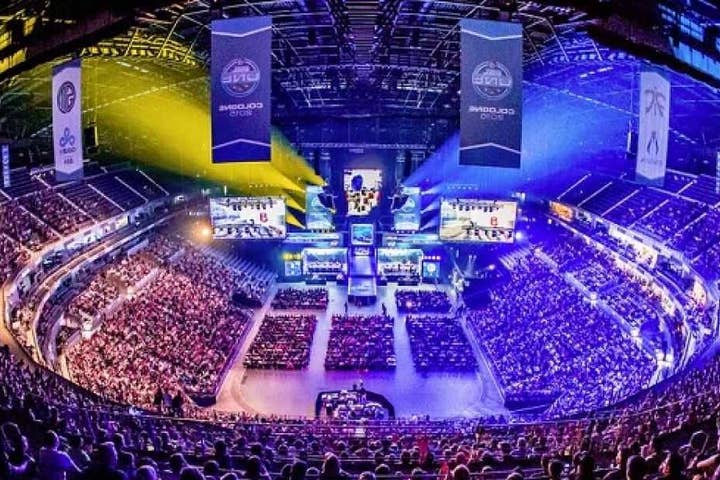How are eSports gamers different?
EEDAR research finds competitive gamers skew male, are younger, more social, more likely to work out than their counterparts
It's well understood that the market for eSports is large and growing, but a new report from market research firm EEDAR highlights some differences between eSports and the mainstream gaming market. Based on two surveys with 1,000 active PC gamers each, EEDAR's eSports Consumer Analysis examines the behavior of those who play eSports games to find what it calls "immense untapped opportunities for advertisers to reach mid-20s consumers who are enthralled with digital competition."
Speaking with GamesIndustry.biz, EEDAR business analyst Ed Zhao, said the MOBA genre that includes hits like League of Legends and Dota 2 gets a lot of the attention, but people might be sleeping on eSports shooters.
"MOBA is really the biggest eSports genre right now," Zhao said. "It's been pretty steady and has the most viewers and dollars in it, but recently shooters have really been on the rise, particularly Counter-Strike: GO."
Zhao noted that August's ESL ONE Cologne 2015 tournament drew 1.3 million concurrent online viewers, according to the league. That's a record both for the ESL and for the game itself.
"That really puts it within the neighborhood of something like a League of Legends or a DOTA 2, and we think that's a really great opportunity in the future," Zhao said.
EEDAR broke the results down both by game and by genre (MOBA, shooter, and fighting) to find trends. While PC gamers already skewed male at 64 percent of the audience, the report found that many eSports titles are even more predominantly populated by men. The audiences for Dota 2, Counter-Strike: GO, and Smite are all more than 75 percent male. However, EEDAR found that larger titles like League of Legends and Call of Duty have slightly more women (only 70 percent male), while fighting games like Street Fighter IV and Super Smash Bros. were closer to 66 percent male.
Genre also made a difference when it came to advertising opportunities. Zhao said that brands for drinks like Monster, Red Bull, and Coke resonated most highly with shooter players, while MOBA fans were more likely to have an affinity for peripheral producing companies like Logitech and Razer.
Zhao said some of the biggest takeaways involved how much more invested in their games eSports players were. They tended to be younger, played more, and paid more than their non eSports counterparts. They were also more actively social, Zhao said, reporting that they were more likely to hang out with friends or attend a sports gathering. They were also more likely than the average gamer to participate in fitness activities or work out.

